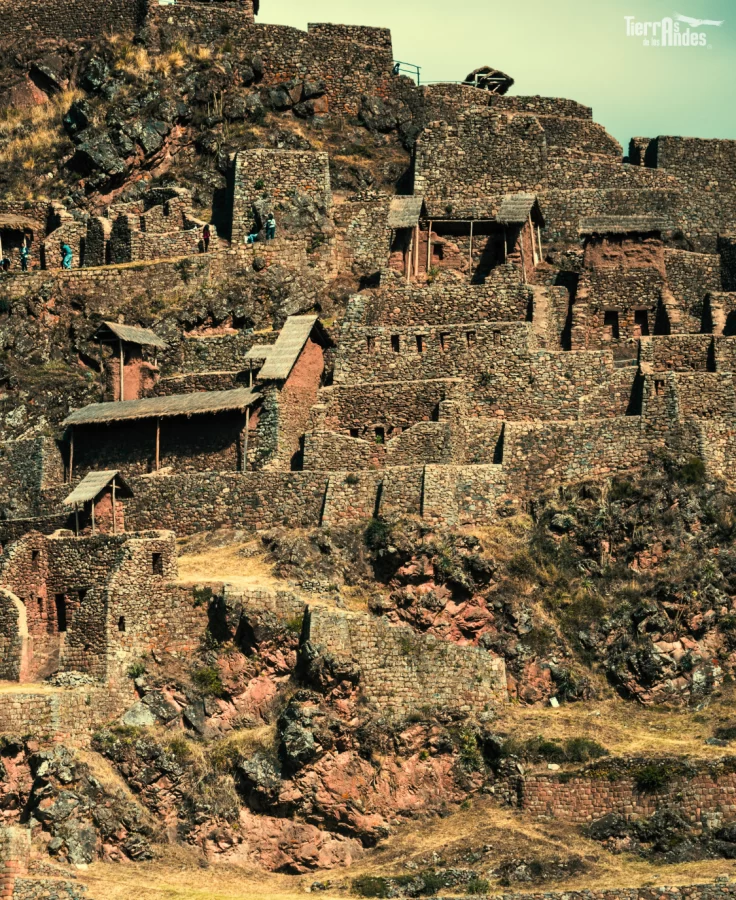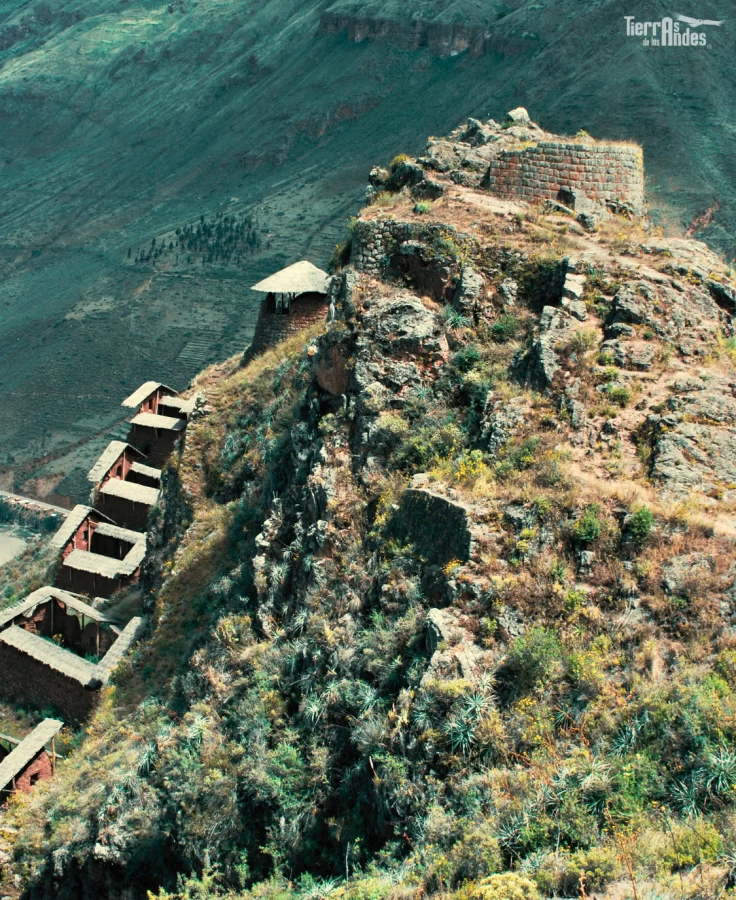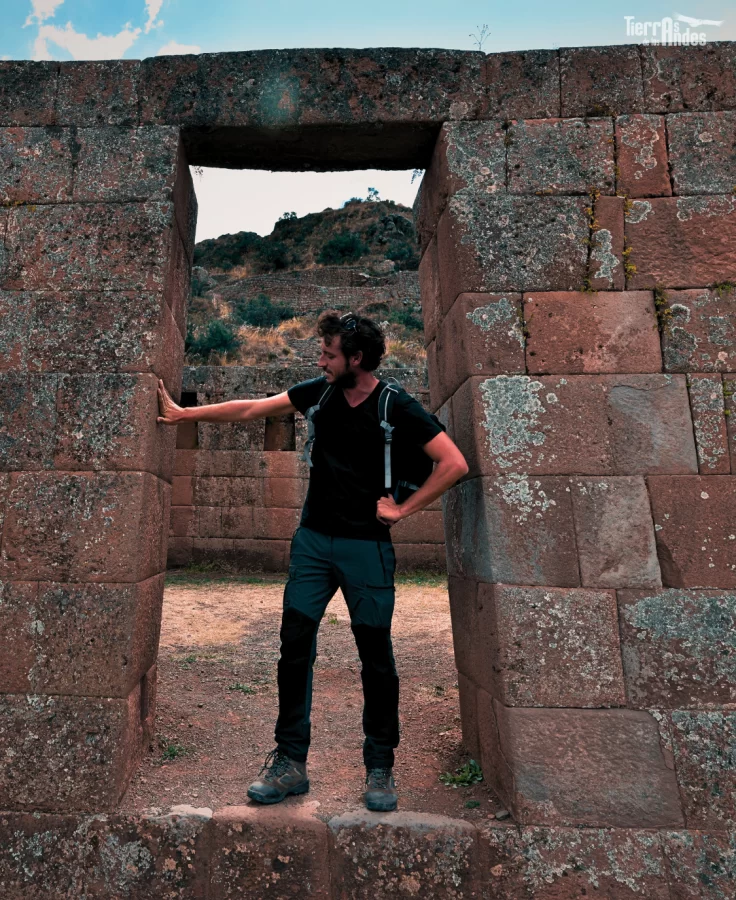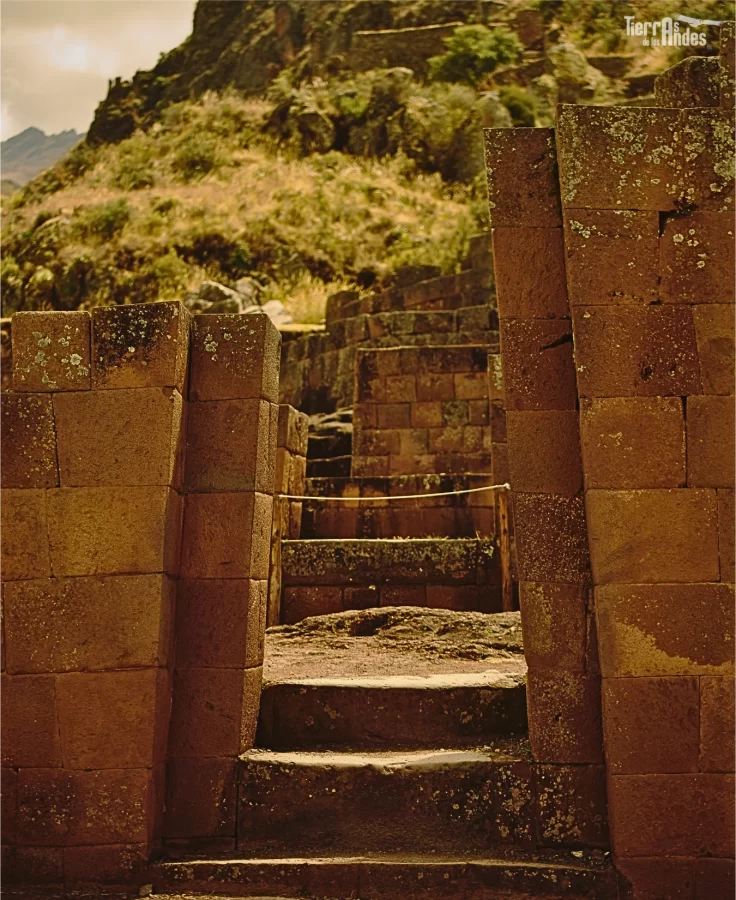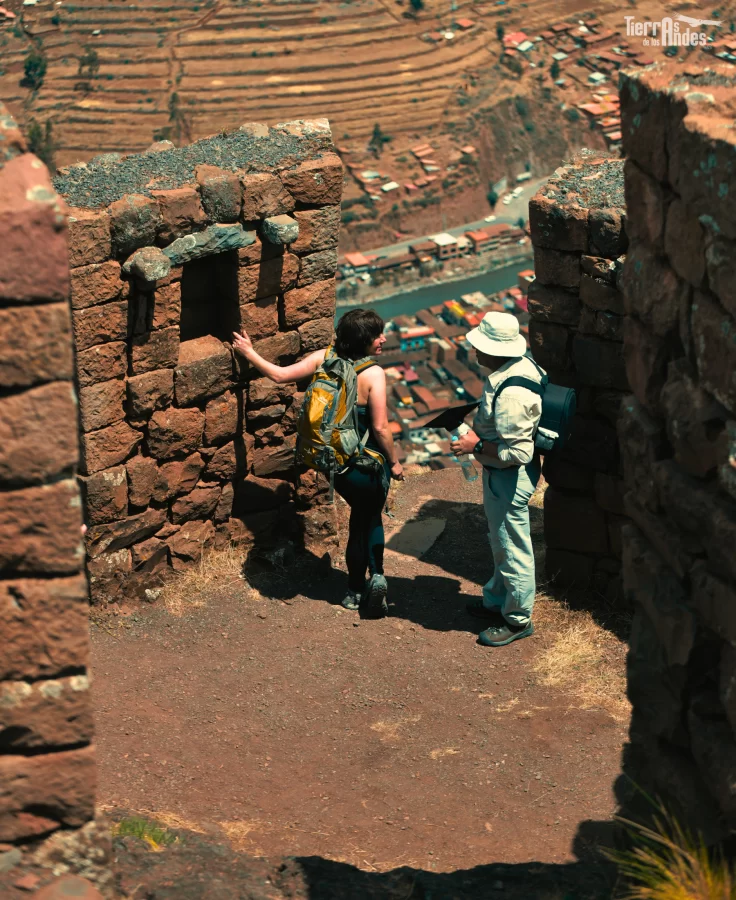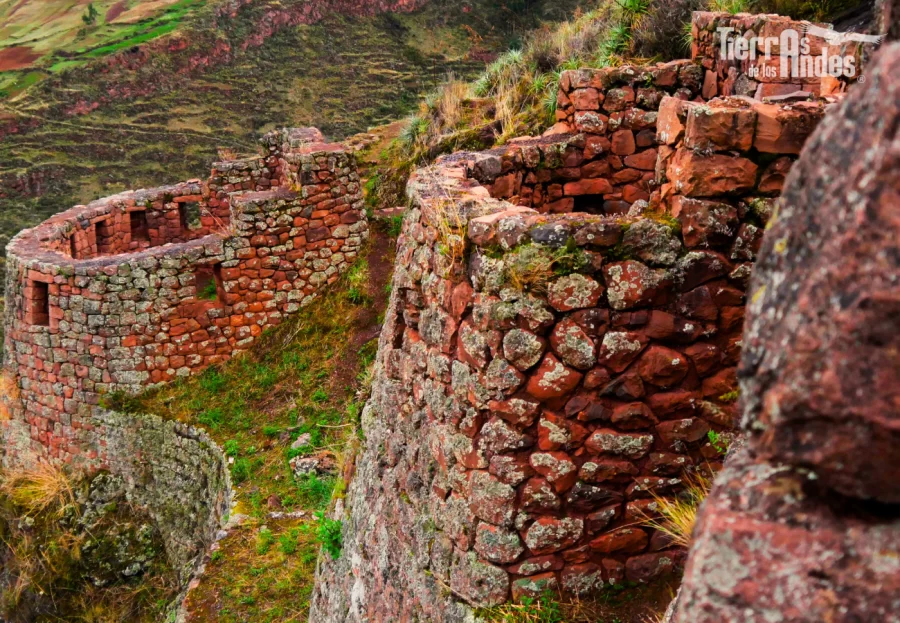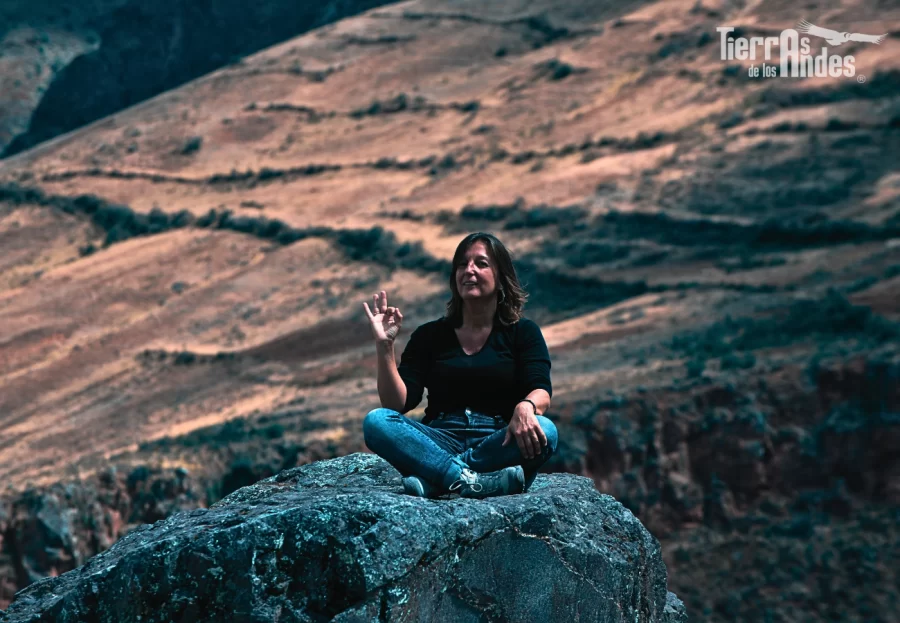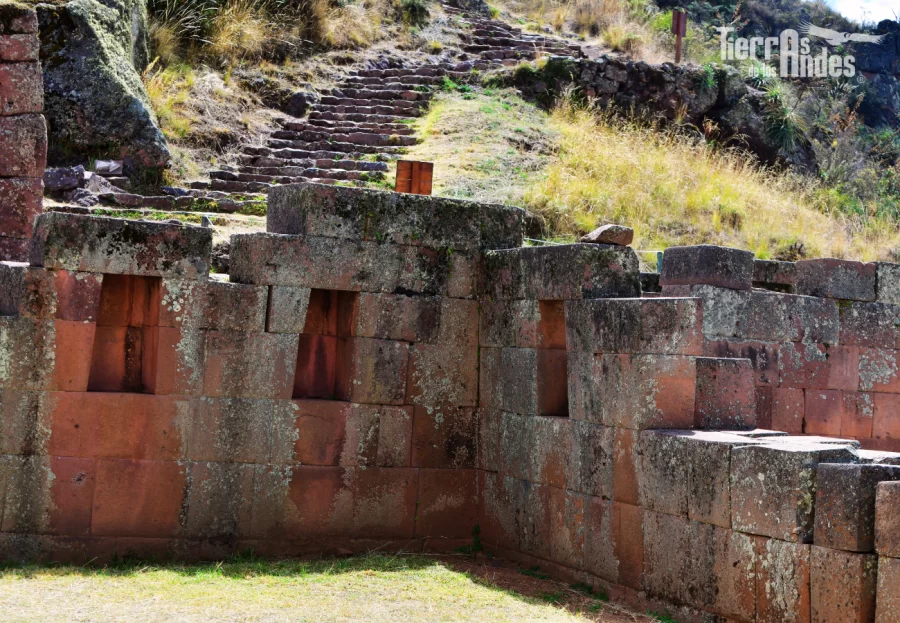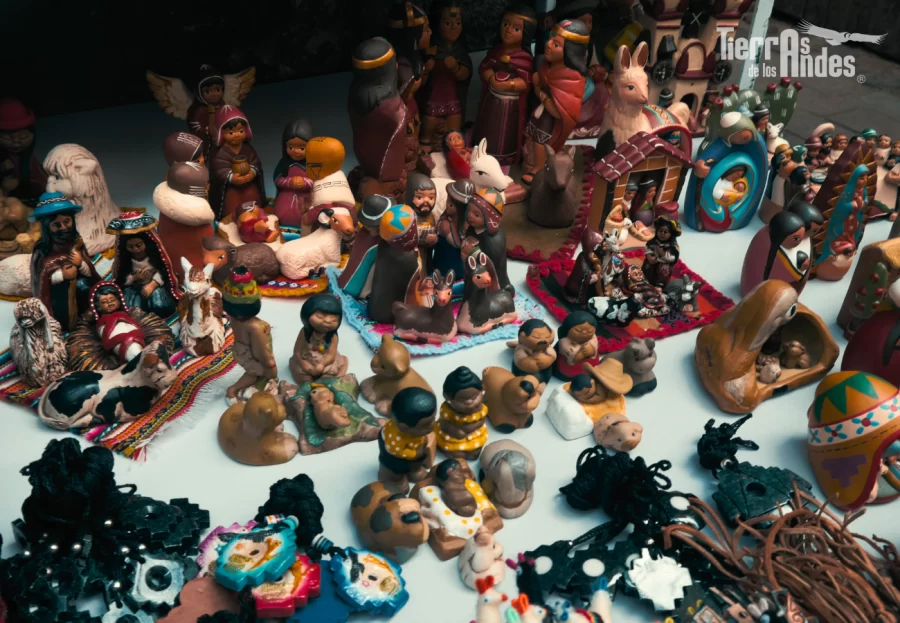Cusco has one of the best places to visit, in this case we go to the archaeological site of Pisac, part of the Sacred Valley of the Incas. This site is located at the top of the hill, it is said to hold many mysteries and ancient traditions.
This is one of the magical sites that we must visit, since here we will find its architecture, the things that we can see and what to do, also we recommend you what tour to do to visit the archaeological site of Pisac and we describe you in which month you can come and how much is the cost that you will pay to enter the archaeological site.
Table of Contents
The archaeological complex of Pisac is located at an altitude of 3,300 m northeast of the city of Cusco, occupies 9,063 hectares and is protected by the Peruvian State; it is characterized by an innumerable system of terraces and a row of stones surrounding the terraces.
Historically speaking Pisac was built during the rule of Pachacutec in the fifteenth century when the Inca empire was expanding. In the XVII century when the Spaniards arrived and invaded the Cusco territory, they also arrived in Pisac and invaded this enclosure.
As a consequence, the inhabitants fled the place, and the Spanish invaders destroyed the main monuments and the Inca cemetery, which was looted by the Spaniards. Eventually the people went to live at the foot of the Inca archaeological complex.
At present, Pisac is one of the most visited and attractive sites in the Sacred Valley of the Incas, because despite having been largely destroyed, it still retains its architectural structure and the state has been responsible for keeping it preserved.
Architecturally, the town of Pisac is built on the Inca remains by order of Viceroy Francisco de Toledo, as can be seen in the place still inhabited by the original Quechua settlers.
Speaking of the archaeological site of Pisac itself, it presents stone masonry, hydraulic constructions, and the andenería or agricultural system and houses that were destroyed by the Spaniards.
To go to Pisac from the city of Cusco we have two options, one of them is to go on your own and the other is to hire a tour with a tourist agency. The trip lasts approximately one hour, during the tour you will contemplate the beautiful surrounding landscapes, viewpoints and more.
The archaeological site of Pisac is located at an altitude of 3300 m; from here you can see the entire town and the Vilcanota River, however, the town is located at the foot of the archaeological complex and is at an altitude of 2970 m.
The climate in Pisac is warm, but this will depend on the season, for example in the rainy season that starts from October to March or April the days are hot and when it is in the dry season that occurs from April to September the mornings are hot and at night it is cold; and even in the months of May, June, July the days are colder. But this does not prevent you from traveling.
This magical place has many things to show us among them we will see the town of Pisac, the market and the ruins that have many things to teach us, below we will detail everything you can see or do in these points:
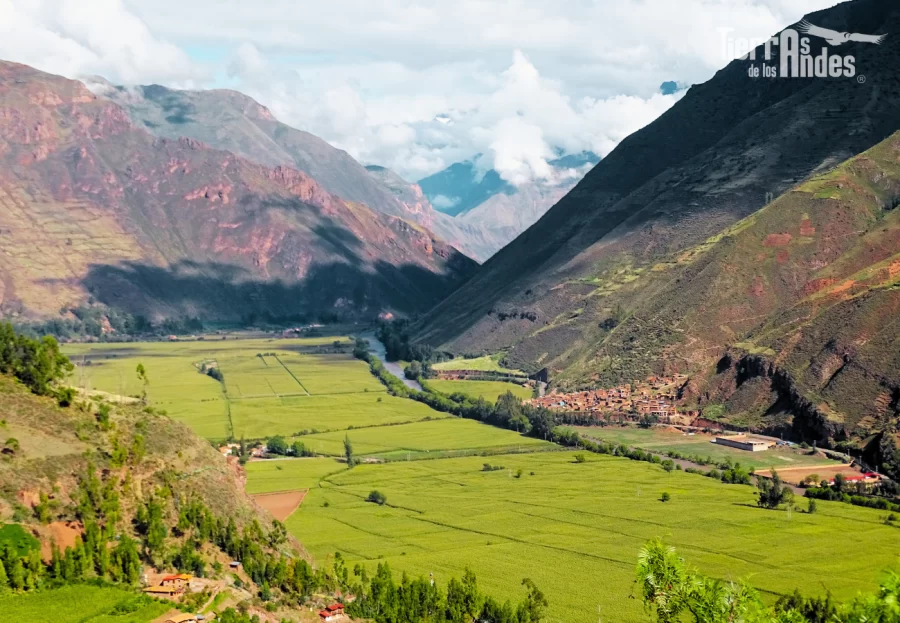
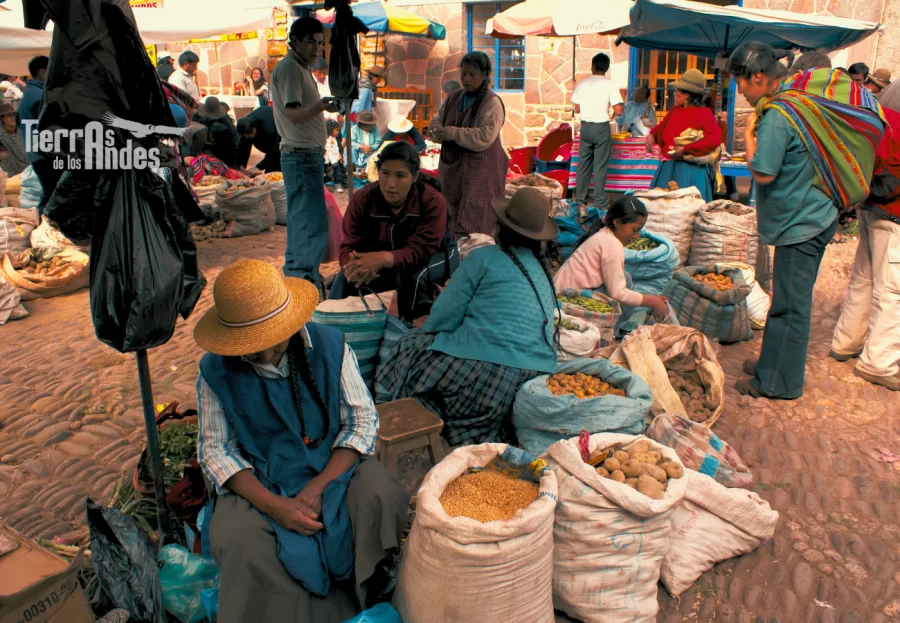
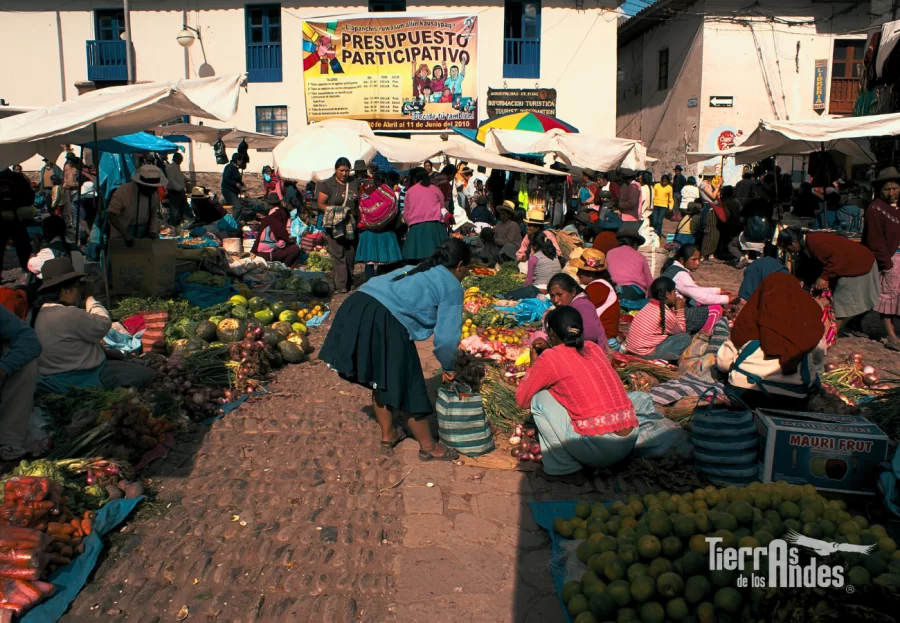
-Murallas, this functions as a gateway to the archaeological site, there is one of them that has five doors and this is called the Amaru Punku which means the "Gate of the snake".
-Tunnels, as you know almost all Inca constructions had tunnels and here was no exception, because Pisac has two tunnels that were used to perform religious rituals one of them has an extension of 16 m and the other is smaller and measures about 3 meters.
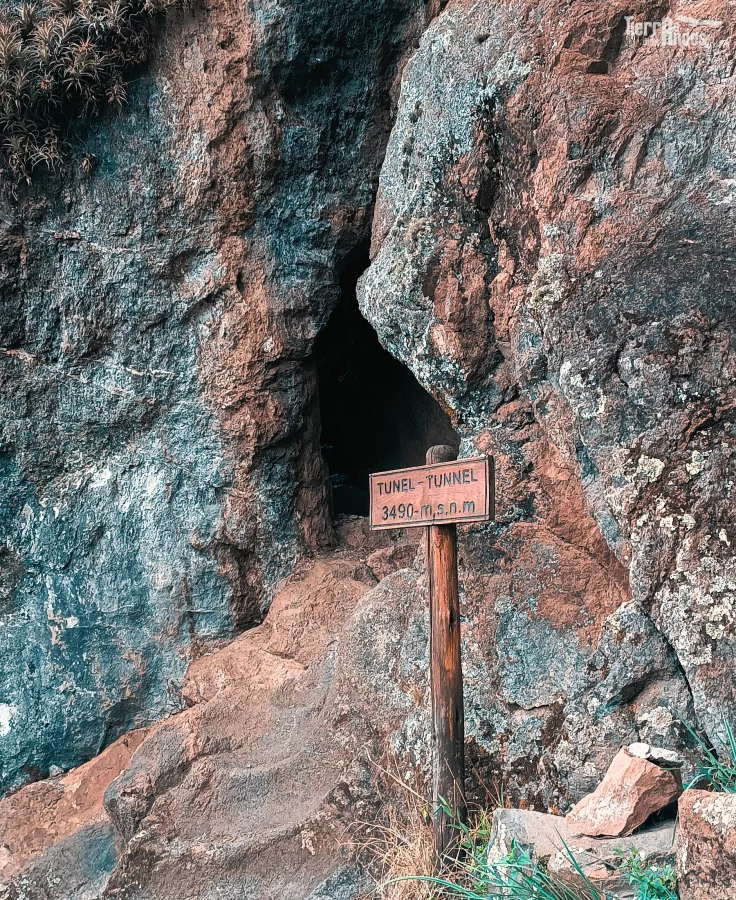
-Intihuatana, it is a finely polished stone structure that fulfills the function of a solar clock in which the seasons, sowing and harvesting periods could be predicted, and the upper part of this stone was used to make animal sacrifices for the Sun God.
You will also find this construction in Ollantaytambo, Machu Picchu.
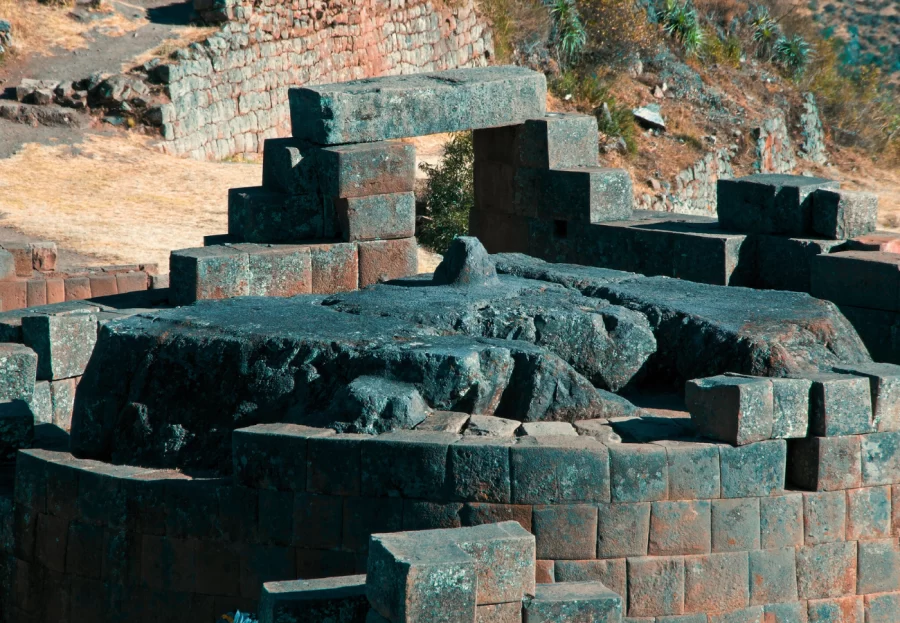
-Colcas, these were circular buildings where they stored various foods produced in Pisac, such as quinoa, potatoes, oca, corn, dried meat or sesina (charqui), and other foods that could be stored.
This type of food stores can be seen in the different Inca constructions, especially in the Qhapac Ñan.
-Inca cemetery, this was another place of great importance in which the dead were buried along with their belongings and they were buried in small caverns so that later the Spaniards could loot and steal all the belongings that were found with each dead person.
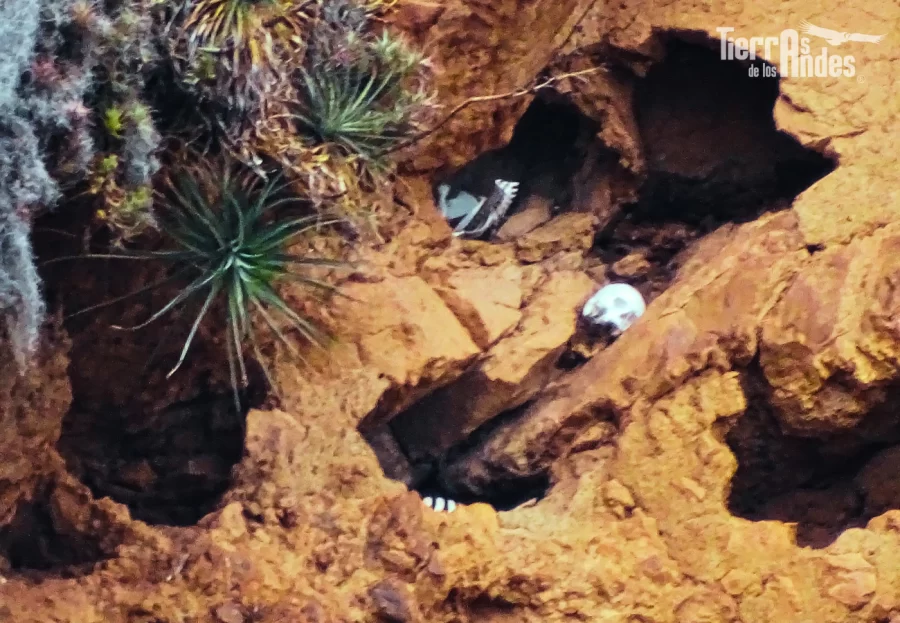
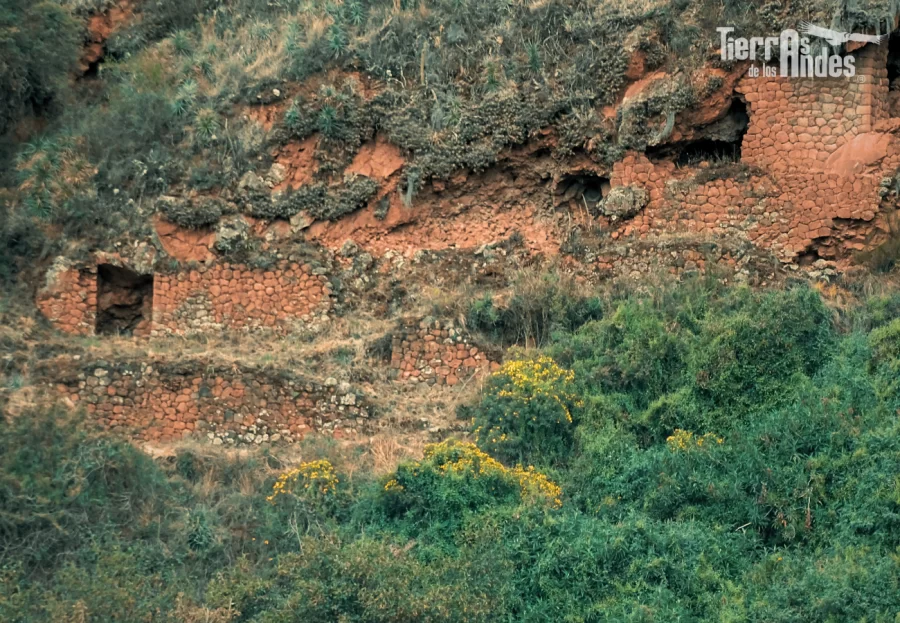
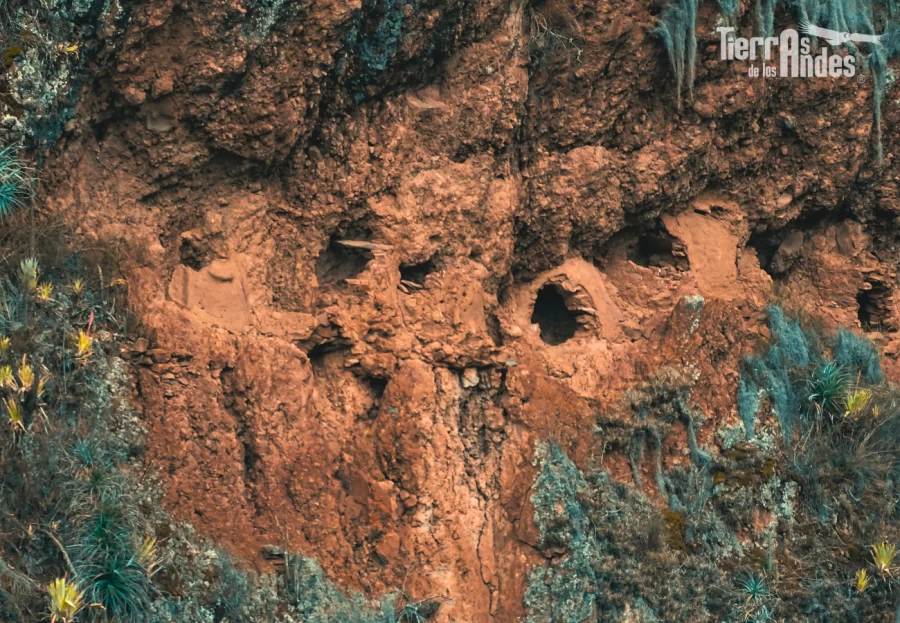
-Towers, are located in the high part of Pisac and protected the enclosure in case of invasions, and also served for the inflow of water for these reasons this place was called the "City of Towers".
-Ñusta enchanted, in front of the archaeological complex of Pisac there is a rock formation that takes the form of a woman with a blanket on her back, a traditional characteristic of the women of the Inca Empire. According to the myths told by the locals, the woman is the Inca princess Inquill who was petrified because she disobeyed her father.
-The neighborhood of Pisaq or Pisaq'a, has about 20 enclosures of carved stones in good quality also there is a viewpoint to appreciate the Sacred Valley of the Incas and the current town itself.
-The neighborhood of Tianayuc, which means "that has a seat" is so called because it has the characteristics of a sofa made for two people.
-The K'alla Q'asa neighborhood is characterized by towers, rooms and a tunnel of at least 3 m in length.
-Pisaq'a neighborhood, it has a semicircular shape and you can also see more than 20 houses that are built in order.
-Qanchis Raqay neighborhood, this is like a checkpoint, it served to guard the northeastern side of the city of Pisac.
We as Terandes tourism agency have several tours that offer you travel packages.
We advise you to visit between the months of May, June, July, August and September because they do not rain and give you all the time to see the buildings, but it is also nice to visit Pisac between the months of December, January and February can be rainy, but the greenish view of the place makes it pleasant.
To visit Pisac we can do it from 7 am to 5 pm, keep in mind that to enter you must pay an amount that will depend on where you come from, I recommend that you buy the BTC (Cusco Tourist Ticket).
The BTCP 3 includes visits to Pisac, Chinchero, Urubamba, Ollantaytambo and has a cost of 70 Peruvian soles for foreign tourists and 40 soles for national tourists.
In conclusion, the archaeological complex of Pisac was considered one of the most important sites, since there was also the Intihuatana, a ceremonial center of great importance in the Inca period.
